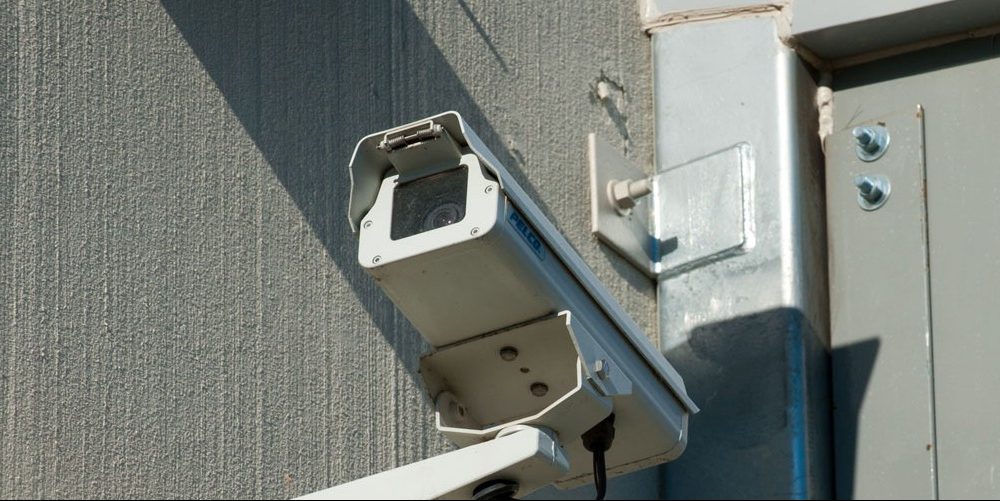We know that protecting your business, customers, data, equipment, and products is a high priority for most business owners. Choosing and installing commercial door security measures can help ensure the safety of your facility. An access control system can effectively secure entrances, exits, stairways, storage areas, shop floors, server rooms, parking areas, and more. By adding commercial door security and regulating who can enter specific areas, these systems help protect employees, contractors, clients, and assets.
What are the three elements of building access control systems?
The key principles of commercial door access control systems can be broken down into three core elements: identification, authentication, and authorization. Essentially, these distinct elements define how access control systems work.
Identification
An access control system’s primary goals are to keep unauthorized people out of your building and manage who is allowed inside. Because of this, the system needs to identify anyone entering the facility or gaining access to any of its secure sections.
Authentication
To guarantee that only the appropriate individuals are given access, the identification of a person must be verified. Several techniques, including passwords, encryption keys, smartcards, and fingerprints, can be used to accomplish authentication.
Authorization
With successful authentication, the system can grant individuals access to the building or other restricted areas based on the set criteria.
What are the benefits of commercial door access control systems?
Commercial door access control systems are a great option if you’re looking to replace a problematic key entry system or are searching for solutions to improve building security. Access control systems give you the flexibility and scalability to easily manage and grant the appropriate access to specific locations and people within your business at any given time. A commercial access control system enhances commercial door security in many ways.
- Regulating Entry: The system controls who can enter specific areas of the building by requiring identification and authentication.
- Authentication Methods: Various authentication methods like key cards, PINs, biometric scans, and smartcards, ensure that access is granted only to verified individuals.
- Access Levels: Access control systems allow for the assignment of different access levels based on roles and responsibilities. This means employees, contractors, and visitors can have custom access permissions.
- Time-based Access: The system can restrict access based on time, allowing entry only during specific hours.
- Monitoring and Logging: Access control systems keep detailed logs of entry and exit activities, providing a record of who accessed which areas and when.
- Remote Management: Modern access control systems often come with cloud-based management platforms that allow administrators to control and monitor access remotely.
- Integration with Other Security Systems: Access control systems can be integrated with other security measures such as surveillance cameras and fire alarm systems.
A commercial access control system significantly improves commercial door security. They also allow businesses to quickly adjust access based on employee roles and compliance requirements. This ensures long-term, adaptable security that can easily expand with the business.
What are some quality security and access control systems?
Every building is unique. Your security solution should adapt to your building’s needs. Some security systems available include:
- ELK
- Caddx
- DSC
- Ademco
- Radionics
- Sielox
- Maxxess
- Continental
- GE
- IEI
How do I get started with an installation?
Select a company with knowledgeable and certified technicians who will install a cutting-edge access control system that fits your budget and security requirements. It’s important to choose technicians who are not only experienced but also participate in continuing education provided by equipment manufacturers to stay certified and up-to-date on advanced technologies. Following all installations, your technician should conduct training with your facility managers or other designees.
It makes sense for a fire protection company to offer security and access control systems because it allows for comprehensive safety solutions, integrating fire and security systems seamlessly. This ensures compliance with safety regulations, streamlines maintenance and inspections, and provides clients with the convenience of a single trusted provider. Additionally, it enhances business opportunities by tapping into a broader market, ultimately offering more value to clients through comprehensive safety and security solutions.
Maintain a high level of security and safety
Incorporating a robust access control system into your facility is essential for maintaining high levels of security and safety. These systems provide flexibility and scalability, allowing you to manage commercial door security efficiently as your business grows. By understanding the core elements of identification, authentication, and authorization, you can ensure that only authorized individuals gain access to specific areas of your building.
When selecting an access control system, choose a company with knowledgeable and certified technicians to ensure a smooth installation and optimal performance. Protect your students, employees, customers, and assets by implementing a reliable access control system, and enjoy the peace of mind that comes with enhanced safety and security.



